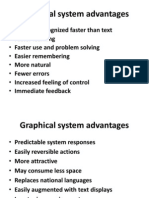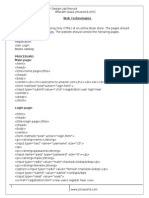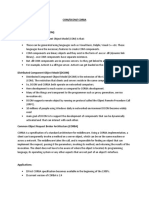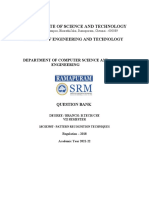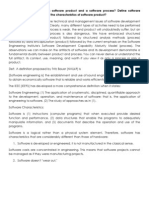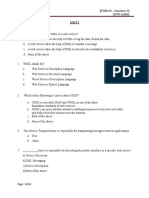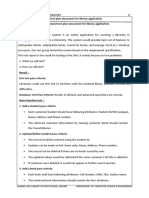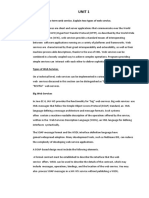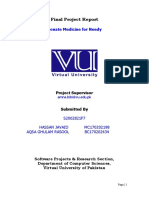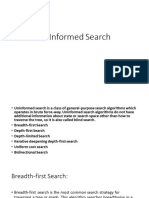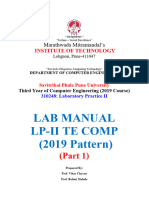0% found this document useful (0 votes)
182 views16 pagesSW Unit-V Notes
The document discusses semantic web applications including semantic web services, e-learning, semantic bioinformatics, and enterprise application integration. It also covers semantic search technology and how semantic methods can improve search results. Key aspects covered include using metadata to understand information, enabling programs to interoperate, and automating discovery and composition of web services.
Uploaded by
Pooja MekalaCopyright
© © All Rights Reserved
We take content rights seriously. If you suspect this is your content, claim it here.
Available Formats
Download as PDF, TXT or read online on Scribd
0% found this document useful (0 votes)
182 views16 pagesSW Unit-V Notes
The document discusses semantic web applications including semantic web services, e-learning, semantic bioinformatics, and enterprise application integration. It also covers semantic search technology and how semantic methods can improve search results. Key aspects covered include using metadata to understand information, enabling programs to interoperate, and automating discovery and composition of web services.
Uploaded by
Pooja MekalaCopyright
© © All Rights Reserved
We take content rights seriously. If you suspect this is your content, claim it here.
Available Formats
Download as PDF, TXT or read online on Scribd
/ 16

